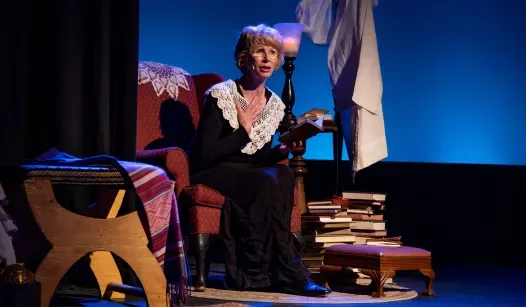In recent years, the conversation around representation in the arts has gained significant traction. While the push for diversity and inclusion is commendable, a troubling phenomenon known as ethnic gatekeeping has emerged. This practice, which often arises from well-intentioned efforts to promote underrepresented voices, can inadvertently create new barriers rather than dismantling the existing ones.
Ethnic gatekeeping refers to the tendency of individuals or groups to control access to artistic opportunities based on race or ethnicity. This can manifest in various ways, from curating art exhibitions that prioritize certain racial identities to casting decisions in film and theater that exclude talented individuals solely because they do not fit a specific ethnic mold. While the intention behind these actions may be to uplift marginalized communities, the result can be a form of exclusion that undermines the very diversity it aims to achieve.
One of the primary issues with ethnic gatekeeping is that it perpetuates a narrow definition of what constitutes authenticity in artistic expression. Artists from diverse backgrounds may feel pressured to conform to specific narratives or styles that align with the expectations of gatekeepers, limiting their creative freedom. This can stifle innovation and lead to a homogenization of voices, as artists may shy away from exploring themes that do not fit neatly into predefined categories.
Moreover, ethnic gatekeeping can create a sense of competition among artists from similar backgrounds, fostering an environment where individuals feel they must prove their worthiness to be included. This competition can be detrimental, as it shifts the focus away from collaboration and mutual support, which are essential for a thriving artistic community. Instead of working together to create a more inclusive space, artists may find themselves pitted against one another in a struggle for limited opportunities.
The consequences of ethnic gatekeeping extend beyond the individual artist. When certain voices are prioritized over others, the broader cultural narrative becomes skewed. Audiences are deprived of a rich tapestry of perspectives that reflect the complexity of society. This lack of diversity can lead to a disconnect between the arts and the communities they aim to represent, ultimately limiting the impact and relevance of artistic expression.
To combat ethnic gatekeeping, it is crucial for those in positions of power within the arts to adopt a more inclusive approach. This means recognizing the value of diverse voices without imposing restrictive criteria for participation. Encouraging collaboration among artists from various backgrounds can foster a more vibrant and dynamic creative landscape. Additionally, institutions should prioritize equitable representation in their programming, ensuring that a wide range of experiences and perspectives are showcased.
Community engagement is also vital in addressing the challenges posed by ethnic gatekeeping. By actively involving local artists and audiences in decision-making processes, organizations can create a more inclusive environment that reflects the true diversity of the communities they serve. This approach not only empowers artists but also enriches the cultural landscape by making it more representative of the society as a whole.
In conclusion, while the pursuit of diversity in the arts is essential, it is equally important to be mindful of the potential pitfalls of ethnic gatekeeping. By fostering an inclusive and collaborative environment, we can create a space where all voices are heard and valued. The goal should be to break down barriers rather than erect new ones, allowing for a richer and more diverse artistic expression that truly reflects the complexities of our society.
